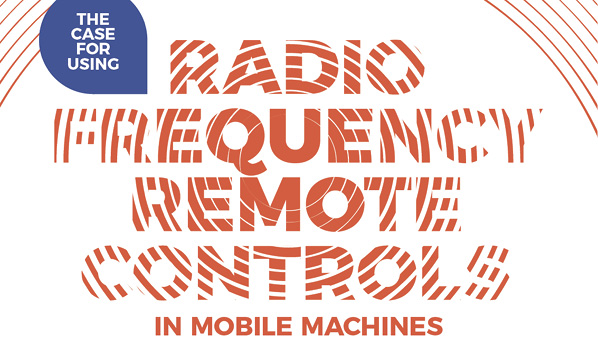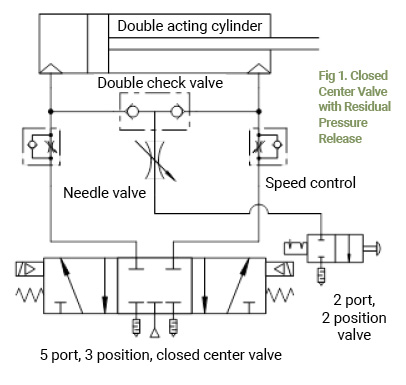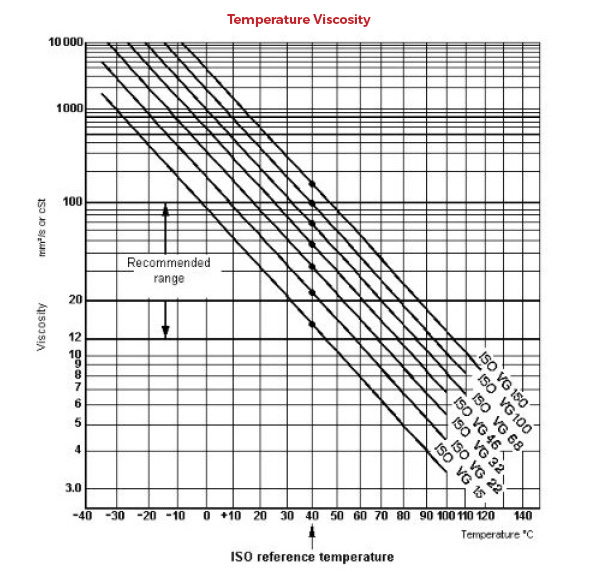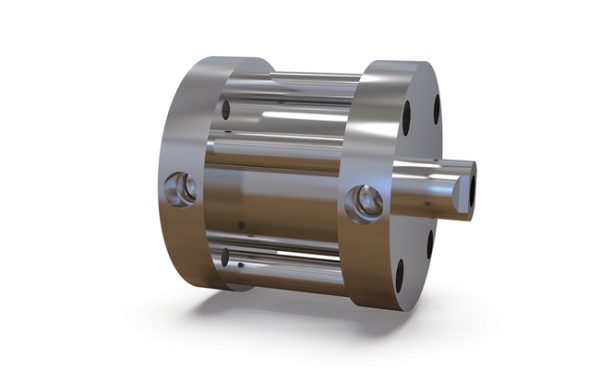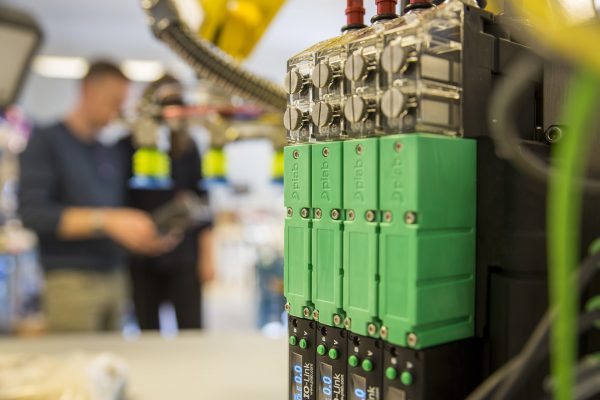The Case for Using Radio Frequency Remote Controls in Mobile Machines
Let’s Set the Stage:
You are an operator of a concrete pump that is delivering concrete to the top of a six-story building. You need to move the nozzle into position and have the ability to start and stop the flow of the concrete into the forms that your crew has built.
Screaming “Turn it on” and “Move it a little left” and “Move it a little right” through a bucket brigade of people relaying your responses back to the machine operator is a very inefficient, unsafe way to control the work.
Radio frequency remote controls allow the operator located at the final work location to remotely operate the pump and positioners from the top of that six-story building by using a hand-held wireless pendant. This example might be a bit extreme, but it shows the advantage of using this technology. You may be surprised how frequently your operator finds himself in a situation that could be improved with radio frequency remote controls.
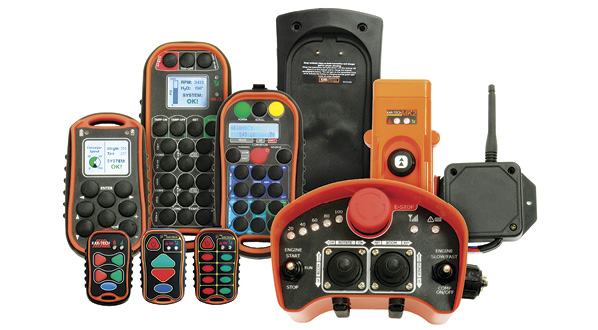
The Basics
So, how do they work? The basics are described in the product name. Through the use of a radio frequency, a signal is sent from one device to another to make something happen. The signal can range from 400 MHz to 2.4 GHz, and the signal range will also establish the amount of power being broadcasted.
Signal strength, signal distance, obstacles, potential hazards, and battery life must all be taken into account. You’ll want the operator pendant to be able to operate for at least a day on a single battery charge. In most cases, the batteries will last much longer. Signal repeaters and special antennae, along with strong radios, can help these systems work reliably with ranges over one mile.
Safety Considerations
In the U.S., the performance of remote control and the safety of the machines is based on industry standards. There will be different safety and machine standards for different markets, such as mining, construction, and agriculture, to name a few. Signals of 900 MHz are not allowed in certain countries, and it is the responsibility of the OEM to be aware of the rules for the countries where they are delivering their machines. It is important that the machinery OEM stays in contact with the radio frequency remote control supplier when shipping machines out of the country just to make sure all international policies are followed.
Europe has a radio frequency standard, ISO 13849-1, with several performance levels:
- PL-A is the first grade and offers no E-stop. This would be a basic on/off button control system.
- PL-C is the first level, which monitors an E-stop.
- PL-D has a dual E-stop, as well as a dual safety processor monitor that looks for an information packet from each E-stop every 50 m/s. If it loses signal with the transmitter, it will disable the remote and shut down the machine.
- PL-E requires complete redundancy of all signals.

Testing
The safety issues are a key concern in remote controls. You want to always remain in control of your machine. So, what happens if you are remotely controlling a machine and a giant semi-trailer pulls between you and the base machine? Do you retain control of the machine? What happens when you lose a signal?
A simple test for any remote-control device is to power up the transmitter and mount the receiver in a location similar to the actual working atmosphere, then start walking. Most devices have a status indicator, and you need to see when you lose communication with the device.
Test the device in various situations. What happens when a vehicle blocks the line of sight? What happens when you turn around and point the transmitter in the opposite direction? Do other engines, generators, construction equipment, tractors, garbage trucks, or other potential items reduce the range or disturb your signal in any way?
Performance
With the response of the remote being as fast as radio waves, you can expect an extremely quick response from your controls. And you are not limited to on/off controls. You can utilize multiple proportional controls for motion and speed controls. Imagine feathering in a 50-ton crane, elevated 40 feet in the air, to an exact position—within inches of where the load needs to be delivered—with the turn of a knob or manipulating a lever.
It is even possible to link a series of radio frequency E-stops to the control. As the main operator is moving the crane, the service personnel around the container all have an E-stop strapped to their belts. If they see something go awry, anyone can hit their E-stop and halt the motion until it is proven safe to continue.
Although initially there was heavy resistance to utilizing radio remote controls, it has become accepted in the mobile machine market that having the controls in the operator’s hands—who is with the moving load—can bring unique benefits. Over time, the reliability and safety of these systems have been proven.
The transmitter and receiver are formatted to talk to each other and jump channels continuously. Until formatted, it is not possible for a new device to join the network. The formatting and channel jumping allows for numerous devices to work side by side without the possibility of interference.

